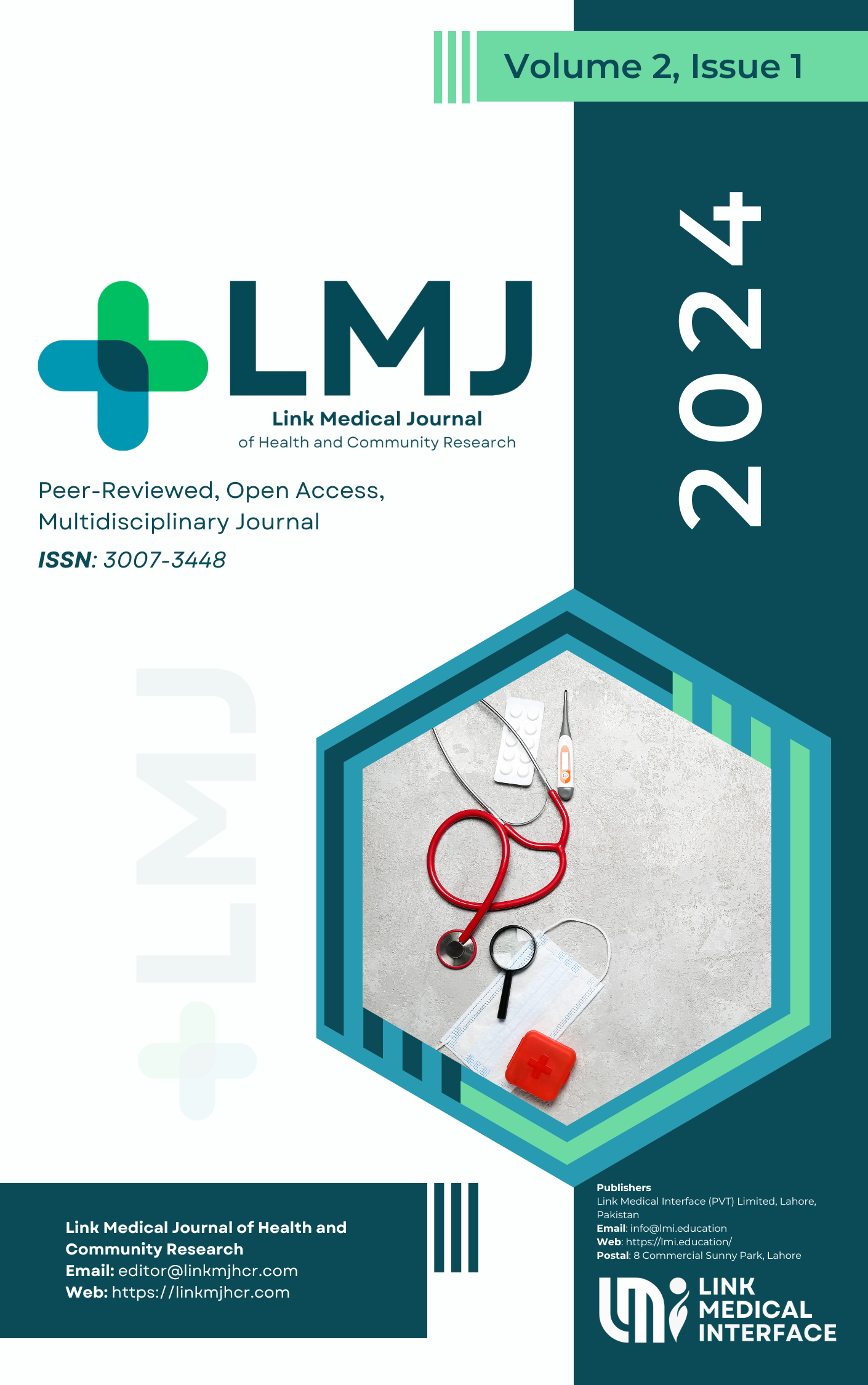Cadence Rules Mobility: Gait Determinants of Functional Performance in Post-Stroke Survivors from Sialkot
DOI:
https://doi.org/10.61919/qpc1ry66Keywords:
cadence, TUG, gait speed, stroke, functional mobility, SialkotAbstract
Background: Post-stroke mobility impairments significantly hinder independence and quality of life (QoL), particularly in low-resource regions like District Sialkot, Pakistan, where rehabilitation access is limited. While gait speed is often emphasized, cadence may be a more modifiable target for improving functional mobility in such settings, yet its independent role remains underexplored. Objective: To identify the primary gait parameter predicting functional mobility, measured by the Timed Up and Go (TUG) test, among post-stroke survivors in Sialkot, with fatigue and QoL as contextual covariates. Methods: A cross-sectional study recruited 100 post-stroke survivors (86% ischemic) and 100 non-stroke controls from five Sialkot hospitals (September–November 2024). Gait speed (m/s), cadence (steps/min), TUG (s), Fatigue Severity Scale (FSS), and Reintegration to Normal Living Index (RNLI) were assessed. Multiple linear regression predicted TUG from gait speed, cadence, FSS, and RNLI, adjusting for demographics. Results: Stroke survivors exhibited slower TUG (23.95±1.73 vs. 13.29±0.97 s, p<0.001) and gait speed (0.13±0.008 vs. 0.11±0.016 m/s, p<0.001) but higher cadence (59.44±2.72 vs. 52.50±4.12 steps/min, p<0.001) than controls. TUG strongly correlated with cadence (r=-0.956, p<0.001) and speed (r=-0.927, p<0.001); regression (R²=0.916) identified cadence as the sole significant predictor (β=-0.539, p<0.001). Conclusion: Cadence is the dominant determinant of functional mobility in post-stroke survivors, offering a scalable target for low-cost interventions like metronome cueing to enhance recovery in resource-limited settings.
Downloads
Published
Issue
Section
License
Copyright (c) 2025 Urwa Tul Esha, Saima Ashraf, Sadia Ashraf, Abida Shehzadi, Manahal Sughra (Author)

This work is licensed under a Creative Commons Attribution 4.0 International License.
© 2025 The Authors. This work is licensed under a Creative Commons Attribution 4.0 International License (CC BY 4.0).


